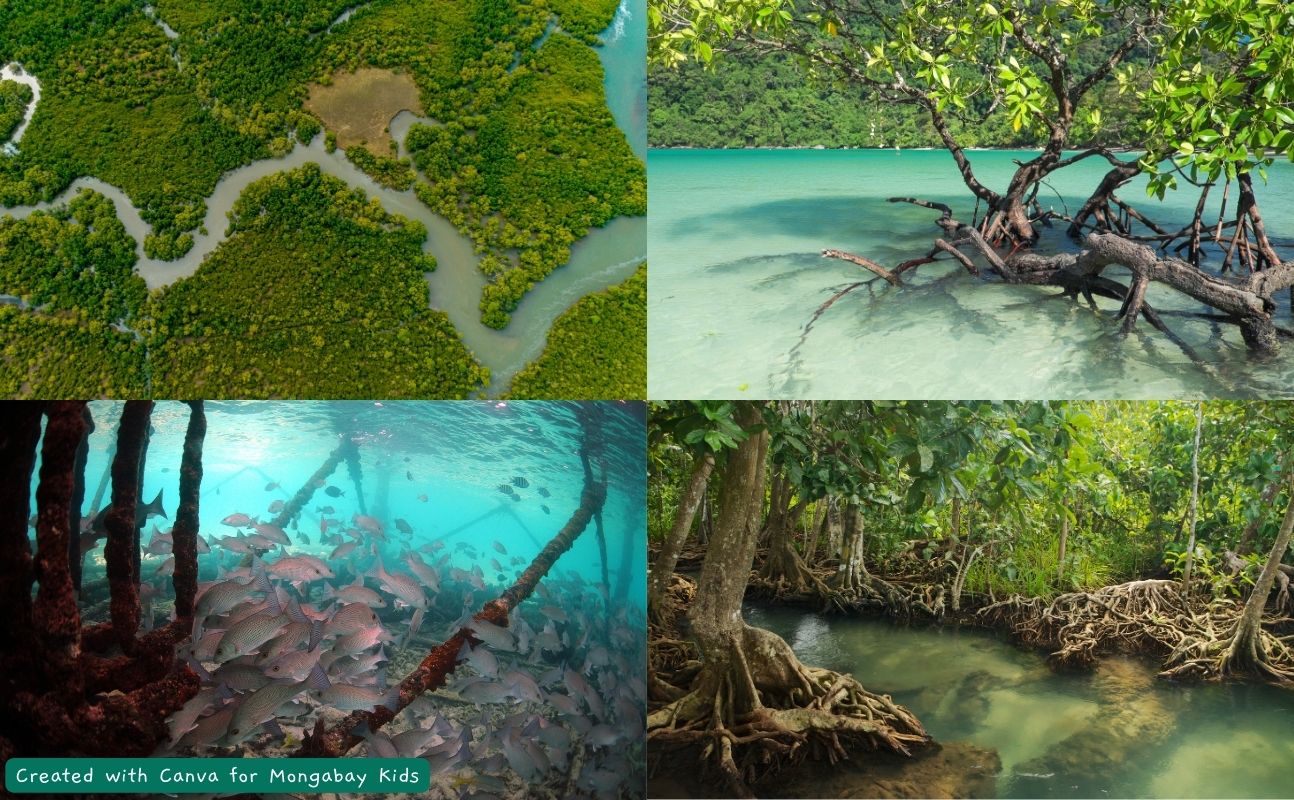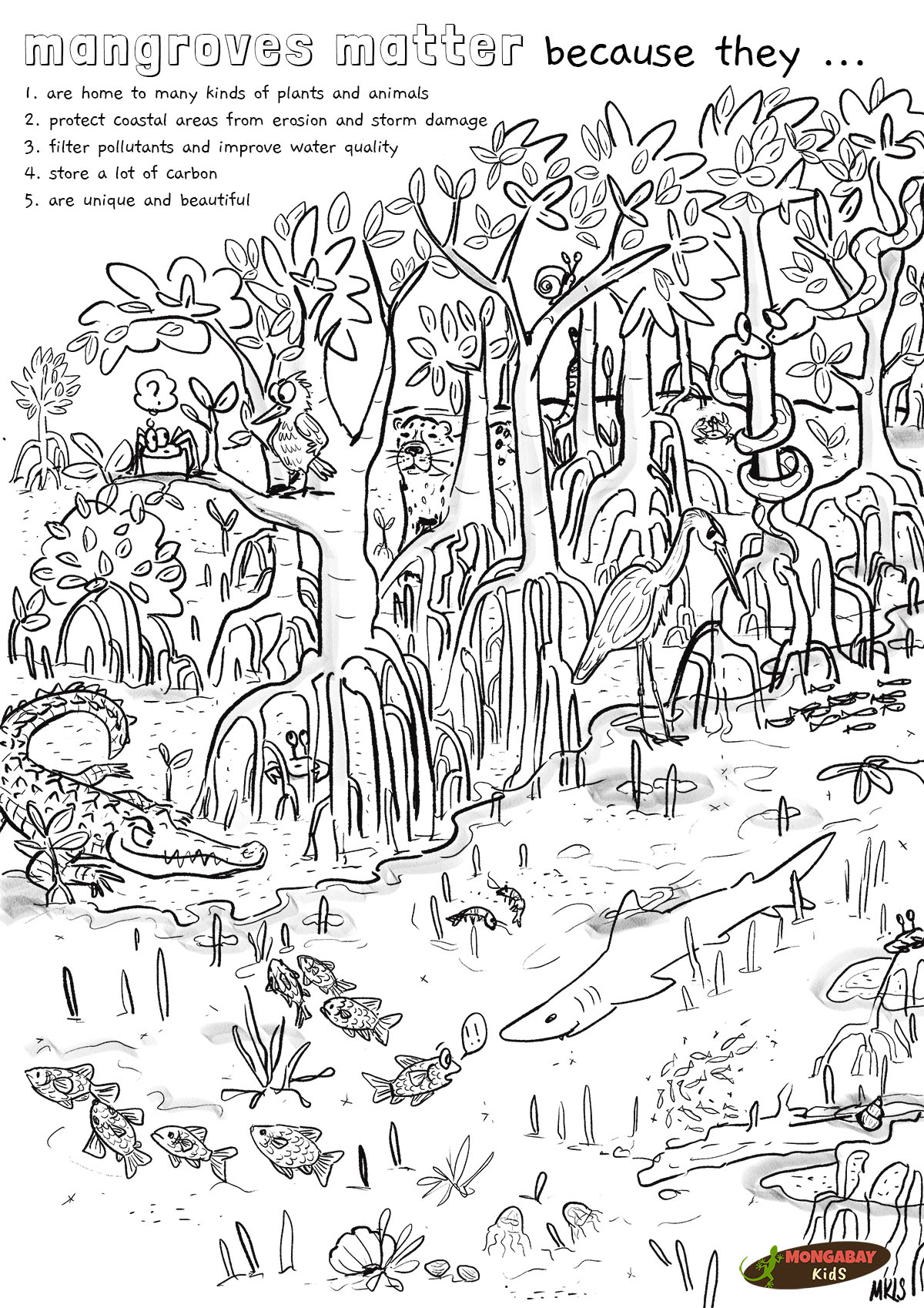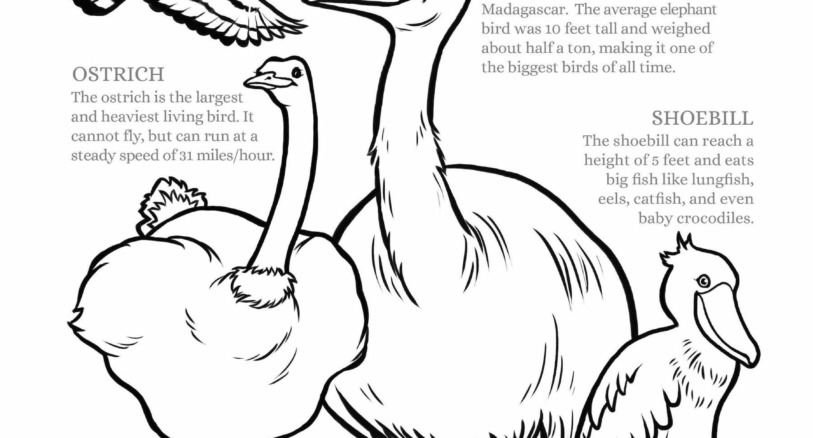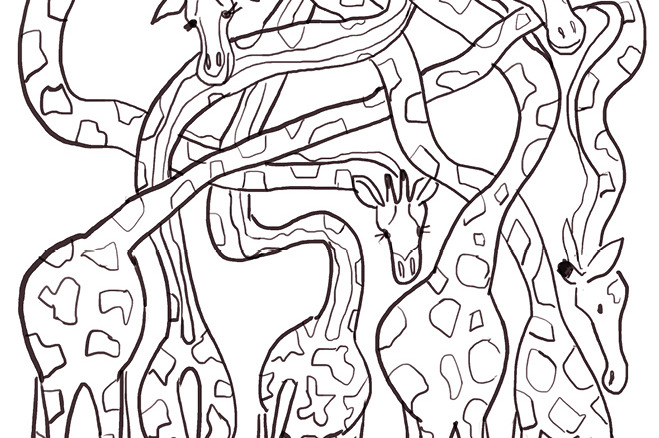
What are mangroves? And why do mangroves matter?
Mangroves are a type of coastal forest ecosystem found in tropical and subtropical regions of the world.
Mangrove plants are the heroes of mangrove forests. These specialized shrubs and trees are able to withstand coastal conditions, including salty and brackish water, changing tides, and fierce storms. Mangrove trees have special aerial roots that can survive in and out of salty water. Their unique root system keeps mangrove trees stable in thick mud.
Mangroves are important to humans. They provide us with many resources including food, medicine, and wood. They also provide other essential ecosystem services like storing carbon, filtering water, and protecting our coasts from storms.
Mangroves are important to many other animals too. They are nursery grounds for fish, including baby sharks. Crabs and shrimp make homes in the mud, protected by the roots of the mangrove trees. Mangrove worms (a type of mollusk) eat the wood of decaying trees. Crocodiles, snakes, spiders, snails, insects, birds, and mammals all live in mangrove forests.


More learning resources about mangroves
July 26 is World Mangrove Day. Learn more at the UN Environment Program website.
Mongabay News: Why mangroves matter: Experts respond on International Mangrove Day
Mongabay News: On World Mangrove Day, 9 things to know about these tough plants
Mongabay Kids: Wild News – It’s electric! Check out this flashy new blue tarantula (story about the discovery of a mangrove-dwelling tarantula)
Mongabay Kids: Wild News – Protecting mangroves in Gabon
Mongabay Kids: Wild News – Trees that grow fish and stop monster waves in the Philippines
Mongabay Kids: What is seagrass and why is it important?
Frontiers for Young Minds: Mangroves: “Superhero” Ecosystems
Text/illustration by Megan Strauss
*Mongabay Kids is not responsible for content published on external sites.






